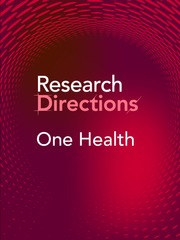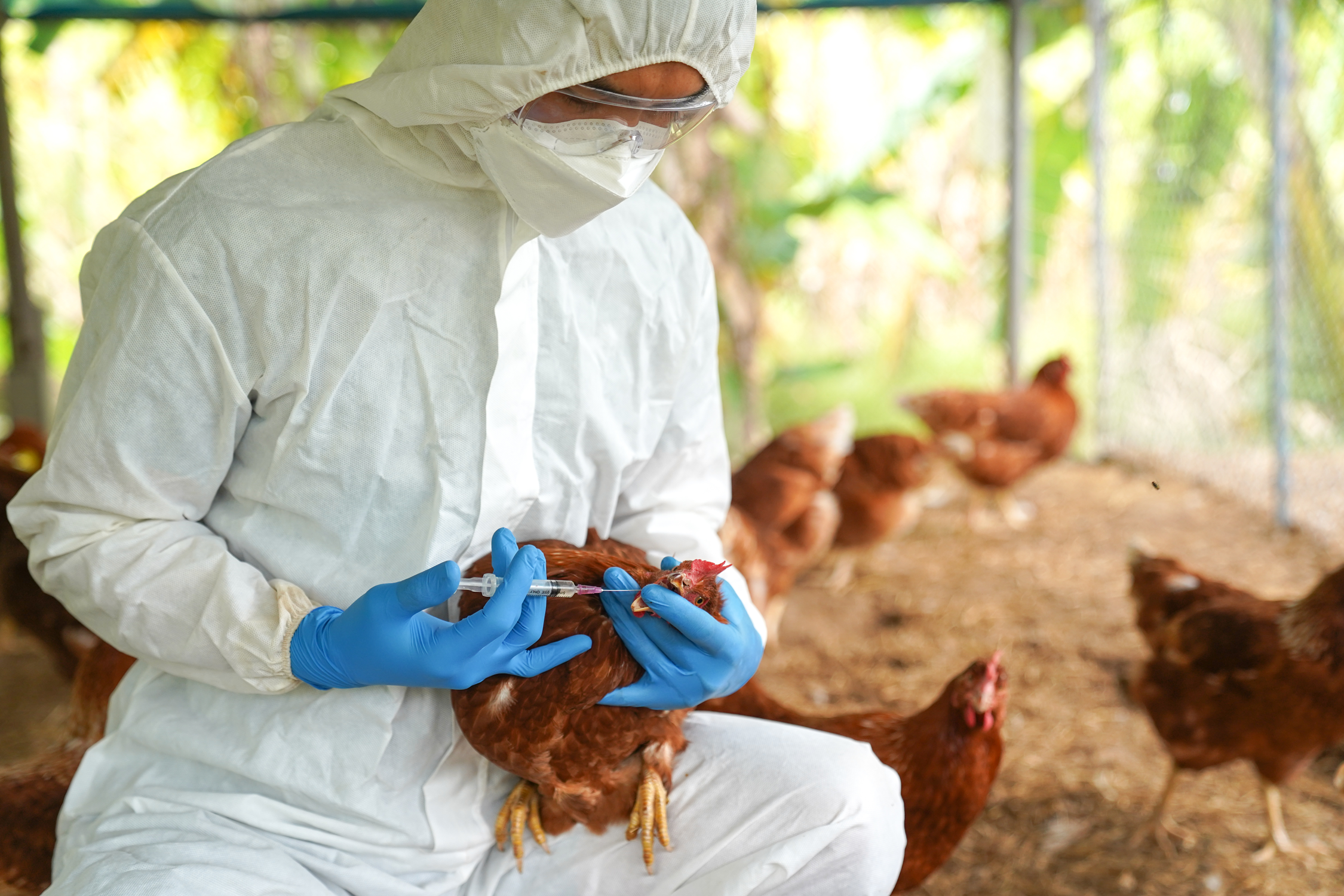Context
To help setting boundaries to infectious disease aspects of One Health science, there is a need to define clearly meanings for terms commonly used to describe aspects of the science. The One Health High-Level Expert Panel, convened by the International Health Agencies, has now defined One Health https://doi.org/10.1371/journal.ppat.1010537 providing a basis for examining ontology of key terms frequently used in the subject area, in the past and in the future. For example, when describing pathogens of concern to humans, originating from animals, narratives in use are extremely loose and unspecific. This can lead to confusion on the role of animals in human infections (from genetic origins through to contemporary infection sources), and this can lead to inappropriate response or interventions, as well as mislead research priorities. From an ethical and welfare standpoint, misunderstanding of the role or significance of animal origins can also cause unnecessary persecution or destruction of animals, justified by perceived benefits of these actions to human health security. In this context, there has been a trend to emphasise the role of wildlife species as a source of human pathogens based seemingly on myth, speculation or assumption. The key terms for consideration for the question are as follows: emerging infection disease (of humans), zoonotic origin pathogens, zoonosis and zooanthroponosis. These terms have been more commonly in use since the last decades of the 20th Century, coincident with an apparent rise in novel human infectious viral diseases, such as HIV AIDs, Ebola Virus, human and zoonotic influenzas (H1N1, H5N1) and the coronaviruses. Language is fundamental in providing a logical framework for understanding and knowledge. For the new Science of One Health, this is the first step to ensuring clear research directions. We invite authors to explore the historic use of these terms and their ontologies and examine if they provide sufficient specificity to enable clear understanding and interpretation of disease origins and/or are adequate to communicate and scientifically describe the epidemiological role of animals in human disease occurrence. Examining how the evolution of language in science and communication might influence prioritisation for research on as well as prevention and response to infectious diseases will be a core element in answering this question.
How to contribute to this Question
If you believe you can contribute to answering this Question with your research outputs find out how to submit in the Instructions for authors (https://www.cambridge.org/core/journals/research-directions-one-health/information/author-instructions). This journal publishes Results, Analyses, Impact papers and additional content such as preprints and “grey literature.” Questions will be closed when the editors agree that enough has been published to answer the Question so before submitting, check if this is still an active Question. If it is closed, another relevant Question may be currently open, so do review all the open questions in your field. For any further queries, check the information pages (https://www.cambridge.org/core/journals/research-directions-one-health/information/about-this-journal) or contact this email ([email protected]).
Competing interests
The author(s) declare none.




